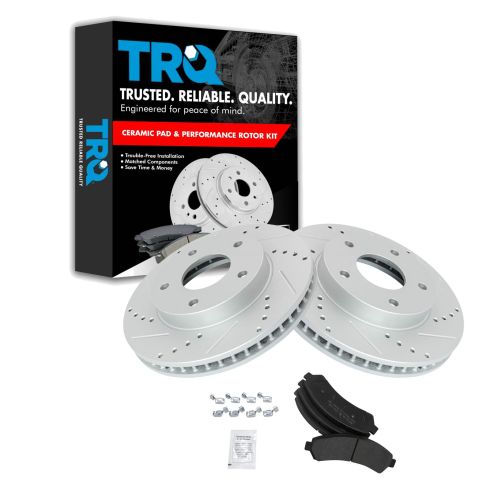1APBS00138-Chevrolet GMC Olds Isuzu Front Semi-Metallic Performance Brake Pad & Rotor Kit TRQ Performance BKA12152

Replaces
2004 Chevrolet S10 Pickup 4 Wheel Drive Front Semi-Metallic Performance Brake Pad & Rotor Kit TRQ Performance BKA12152

Product Reviews
Loading reviews
There are no reviews for this item.
Customer Q&A
Will these fit a 2wd?
May 21, 2022
10
This part will not fit your vehicle, but we may have a part that is listed to fit.
Please enter your vehicle's year make and model in the search bar at the top of the page. This will display parts guaranteed to fit your vehicle. Just be sure to verify all of the information shown in the Vehicle Fit tab before ordering.
May 21, 2022
Ricale A
Chevrolet is a registered trademark of General Motors Company. 1A Auto is not affiliated with or sponsored by Chevrolet or General Motors Company.
See all trademarks.













